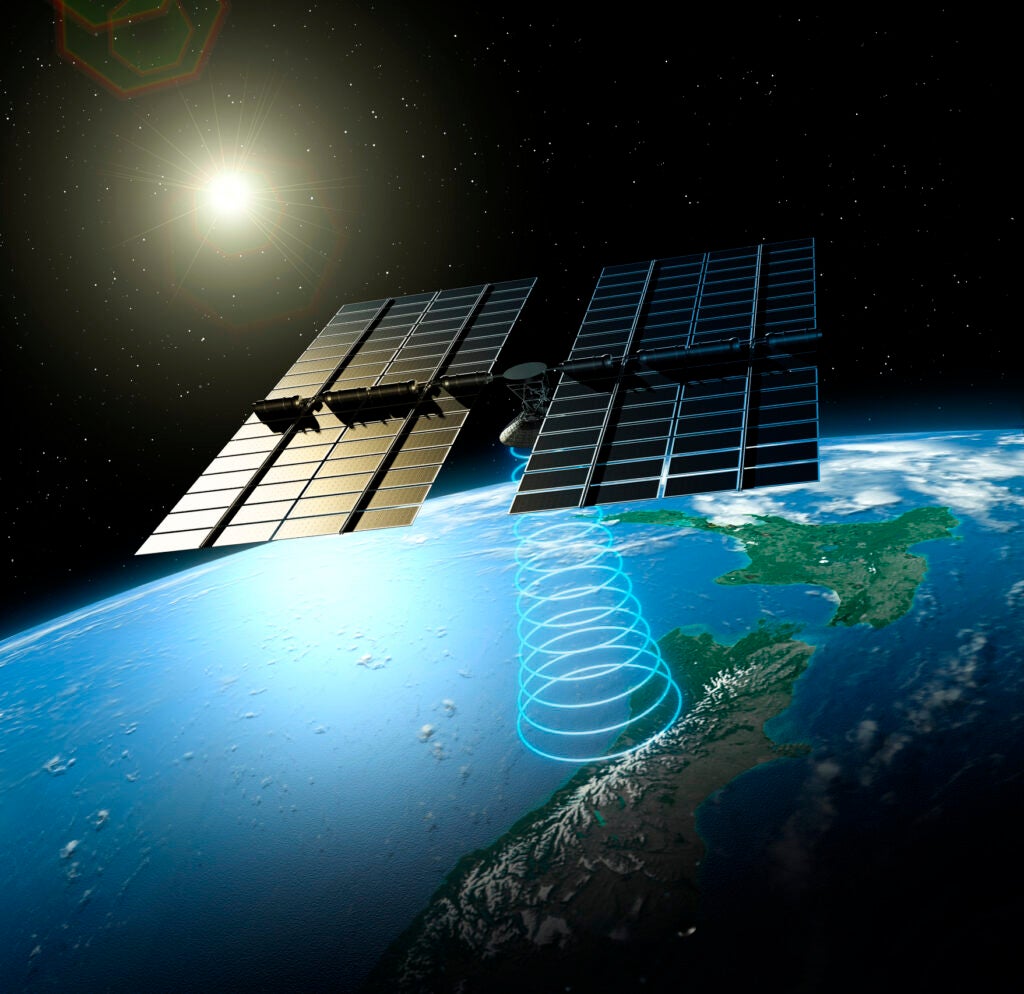Space-based solar power could help Europe reach net-zero emissions by diversifying the region’s energy generation mix, according to a recent cost-benefit study led by the UK-based Frazer-Nash Consultancy.
Space-based solar is the concept of collecting solar energy in space, using very large satellites in geostationary Earth orbit. The electricity generated is converted to microwaves and beamed to a fixed point on Earth via wireless power transmission, where the electricity is regenerated by a large rectenna (an antenna used to convert microwaves into DC power). A single satellite could provide 1–2GW of power.

Discover B2B Marketing That Performs
Combine business intelligence and editorial excellence to reach engaged professionals across 36 leading media platforms.

The technology could provide continuous and dispatchable power that is not sensitive to terrestrial weather conditions, providing baseload energy as early as the mid-2030s, concludes the report. It was delivered in partnership with London Economics and commissioned by the European Space Agency. Developing space-based solar power would allow for the decommissioning of coal, oil and gas plants, the authors suggest.
A Europe-wide space-based solar power programme could deliver more than €180bn ($180.89bn) in benefits and reduce reliance on fossil fuel imports too, states the research. A total of 54 solar satellites, each generating 1.4GW, would be needed to meet the projected demand for space-based solar power by 2050.
The development of the technology would require €15.8bn of research and development investment over four phases, resulting in a first gigawatt-scale prototype in orbit. Capital expenditure of €9.8bn would be required for the first fully-operational space-based solar power station, and €7.6bn for the tenth station, as economies of scale drive costs down. At a 5% hurdle rate (minimum acceptable rate of return), the levelised cost of energy of the first system would be €69/MWh, making it cost competitive with other renewable technologies, according to the study.
Space-based solar would also be a land-efficient generation technology, using only 5m2 of land per MWh – less than most other sources of renewable energy, state the authors. It offers the opportunity to co-locate ground infrastructure with other uses such as agriculture.

US Tariffs are shifting - will you react or anticipate?
Don’t let policy changes catch you off guard. Stay proactive with real-time data and expert analysis.
By GlobalData


